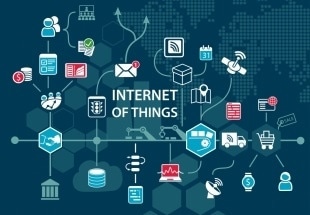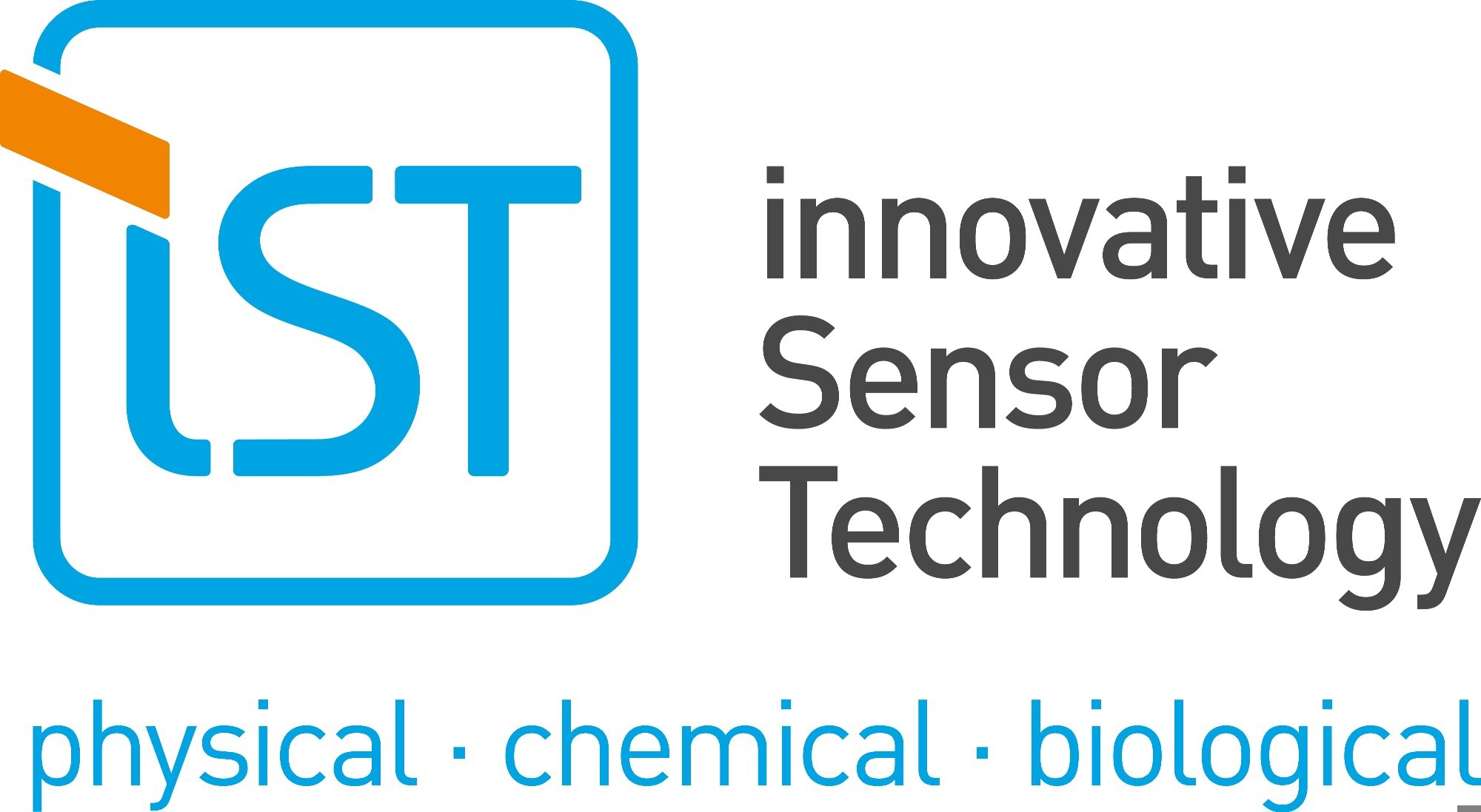The Internet of Things (IoT) plays a critical role in the development of novel developments including Industry 4.0, Big Data or Machine-to-Machine advancements. Through these advancements, simpler tasks become increasingly more intelligent by improving their communication, as these systems are linked together, constantly collecting information about a variety of parameters such as physical dimensions that include temperature, speed, pressure, health information, consumption and much more.

The digital inter-linking of technology has already found successful application in a number of industries, professional settings and even for personal purposes. For industrial purposes, intelligent production systems that allow for the independently revealed optimization potential are already being used. Additionally, IoT platforms utilized for device supervision can recognize problems or potential premature shutdowns through automated logistics processes are commonly used technologies. An increasing amount of intelligent devices have been successfully applied for our personal every day uses including fitness bracelets, control of “Smart Homes” through the use of our smartphones, and much more. The IoT is capable of controlling an extensive volume of data through this type of appropriately selected networking system that enables processes to continue in a highly efficient manner.
IoT and Sensors
The development of the IoT is expected to offer a great potential for the sensor industry that has been accurately demonstrated by Innovative Sensor Technology IST AG. The IST sensors indispensable in the amount of information they are capable of collecting, thereby forming the fundamental basis of all IoT applications. The product that is cross-linked to the IoT device that is equipped with a sensor, measures the desired parameter and forward the information it collects to the connected hardware / electronics. Once information is collected, the Internet plays a role in ensuring the connectivity between the individual devices. Any data that is collected during these processes is stored on Big Data platforms that can be made usable by apps or other services.
IST AG and the Internet of Things
As a leading supplier and partner for physical, chemical and biological sensors, IST offers a number of robust and accurate IST AG sensors that generate data for IoT applications that can be utilized in even the harshest of environments. With the ability to produce sensors with extremely dimensions as small as sensor 0.8x0.8 mm, IST AG sensors are ideal for the miniaturization of electronic components in the future.
The data collected by the sensor, along with the electronics, internet and appropriate software technologies, can be evaluated and made accessible to a specific application as required by the user. The collected data can be delivered to the customer through a number of internal processing systems such as apps or other platforms. IST AG sensors can deliver the basis for the setup of such applications.
From the wealth of data that is currently available, it is imperative that users select and apply the relevant information needed for the specific purpose accordingly. IoT applications that provide users with predicative control allows for unplanned batch distortions to be avoided, maintenance to be better planned and an increase in production capacity to be achieved. Depending upon the specific application and target, the individually determine data must be measured, evaluated and monitored to ensure that it is precise and accurate. The IST AG sensors can be used for measuring temperature, flow, humidity, conductivity and biological media, particularly glucose or lactate. Additionally, IST AG Sensors can also be applied for integration into corresponding IoT applications.
The following examples are some ways in which IST AG sensors equipped with an IoT application can be utilized.
Example 1 - Transport Company
It is critical to determine the moisture and temperature levels of delivered goods that must be transported within the food sector throughout the entire supply chain, beginning from the loading and transport of the food products to when they are unloaded at the point of delivery.
Humidity sensors, which are equipped with a temperature sensor and transmitter, that are connected to the internet can provide acquired data that can be transferred to a cloud-based database and processed further from there. By use of any internet-capable device, thereby allowing for ease in access to the individual transport unit that can be taken anywhere throughout the transport process. This versatility in transporting humidity sensors can accurately detect a defect in a cooling unit at some point along the supply chain and alert personnel immediately.
IST AG offers a range of humidity sensors and modules that be used for these exact applications in this field. These products include analog humidity sensors, such as those that do not require further signal conditioning, or humidity modules (HYT) that are already calibrated. The information output provided by these products include both humidity and temperature signals that can be directly addressed through an electronic I2C interface. To use the recorded data, sensors must still be connected with suitable electronics and a network that is not provided by IST AG.
Example 2 - Milling Machine Monitoring
As a manufacturing company, it is imperative to permanently monitor the operating temperature of milling machines to ensure the rapid detection of any defects that may occur and to initiate appropriate preventive measures.
The permanent temperature monitoring of the milling cutter allows for the immediate evaluation of any increase in the system’s temperature. For example, a leaking cooling system, such as that which occurs due to wear of the seals, can be determined as an insufficient coolant reaching the cutter. This data can be collected, analyzed and transferred to a database in a milling machine plant, where it can then be read through the Internet by using an internet-capable device and automated predetermined actions.
For these types of applications, the IST AG platinum temperature sensors are ideal. Additionally, customer-specific adaptations of the sensors can be made to ensure a point-accurate measurement. Further components are required for the utilization and use of the data within an IoT application.
Example 3 - End-Customer Agriculture
One way in which agricultural managers can utilize the IST AG sensors is through the monitoring of the salt content present within their soil supplies to ensure optimal fertilization. To control fertilization of their grounds, a monitoring system can be introduced using an IoT application. Through this application, conductivity sensors can be installed to measure the salt content of the soil. The acquired information is then transferred accordingly for future access through a specific platform that allows for a constant monitoring of the salt content. The fertilization of the soil can then be controlled accordingly and corrections made where required.
Conductivity sensors offered by IST AG include LFS1505 and LFS1710, both of which can be used for such agricultural applications. In conjunction with suitable electronics, the data measured by the sensor can be read and then distributed over a network.

This information has been sourced, reviewed and adapted from materials provided by Innovative Sensor Technology.
For more information on this source, please visit Innovative Sensor Technology.